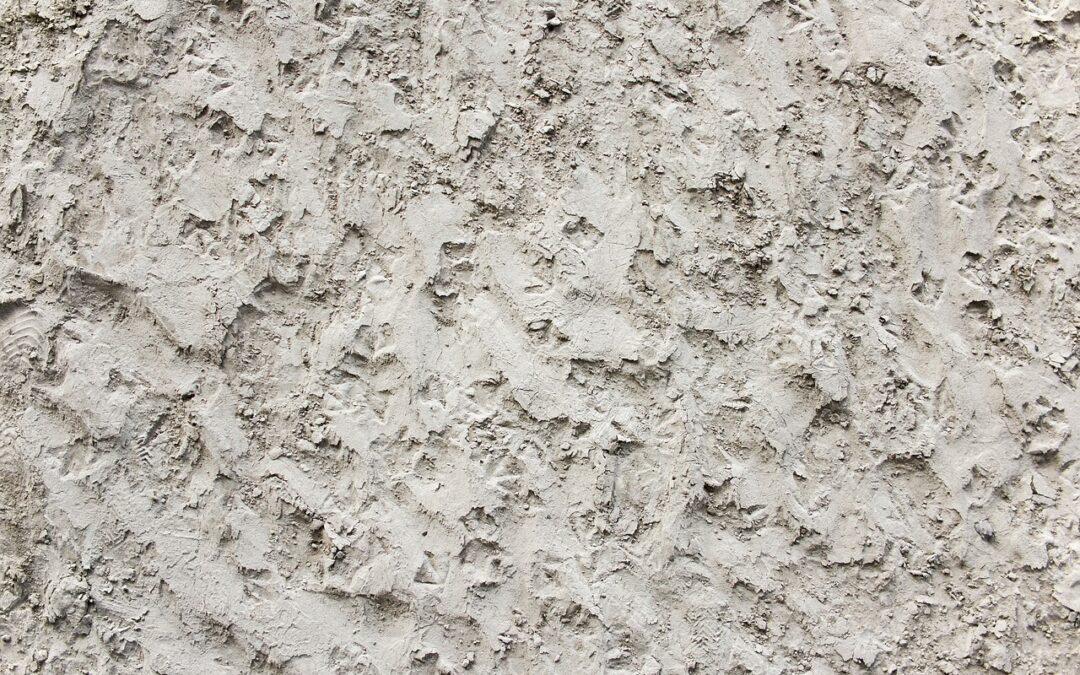Contents
Concrete Foundation Plans: A Comprehensive Guide to Solid Home Foundations
A Homeowner’s Guide to Concrete Foundation Plans
Building a house is a big undertaking, and one of the most important steps is getting the foundation right. A solid foundation will ensure that your home is stable and secure for years to come. But what exactly goes into a concrete foundation plan, and how can you make sure that yours is up to par?
In this guide, we’ll cover everything you need to know about concrete foundation plans, from the different types of foundations to the materials you’ll need. We’ll also discuss the importance of hiring a qualified contractor to ensure that your foundation is built to last.
Understanding the Different Types of Concrete Foundations
There are three main types of concrete foundations:
-
Slab-on-grade foundations: These foundations are made by pouring concrete directly onto the ground. They are the most common type of foundation for homes in warm climates.
-
Crawlspace foundations: These foundations have a concrete floor that is suspended above the ground by piers or pillars. They are a good option for homes in areas with cold climates or where there is a risk of flooding.
-
Basement foundations: These foundations have a concrete floor that is below the ground level. They are the most expensive type of foundation, but they offer the most protection from the elements.
Materials Used in Concrete Foundations
The most common material used in concrete foundations is concrete, which is a mixture of cement, sand, gravel, and water. The type of cement used will depend on the strength and durability required for the foundation.
In addition to concrete, there are a number of other materials that may be used in concrete foundations, including:
-
Rebar: Rebar is a type of steel reinforcement that is used to strengthen concrete. It is typically placed in the concrete in the form of bars or mesh.
-
Fiber reinforcement: Fiber reinforcement is a type of synthetic material that is added to concrete to improve its strength and toughness.
-
Fly ash: Fly ash is a waste product from coal-fired power plants that can be added to concrete to reduce its cost and improve its durability.
The Importance of Hiring a Qualified Contractor
Building a concrete foundation is a complex job that should be left to a qualified contractor. A good contractor will have the experience and expertise to ensure that your foundation is built to code and will last for many years to come.
When hiring a contractor, be sure to ask for references and check their license and insurance. You should also get a written contract that outlines the scope of work and the payment terms.
Conclusion
A concrete foundation is a vital part of any home. By following the tips in this guide, you can ensure that your foundation is built to last.

